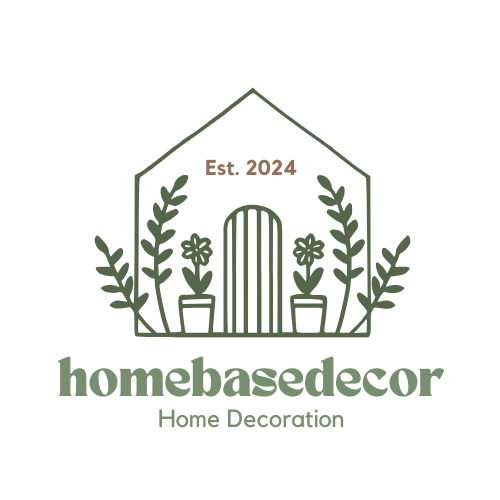Introduction
When it comes to home decor, color plays a vital role in creating the right ambiance and setting the mood. The colors we choose for our living spaces can have a profound impact on our emotions, behavior, and overall well-being. This is where color psychology comes into play. Understanding the psychology behind colors can help us make informed decisions and choose the right shades that resonate with our personal style and enhance the atmosphere of our homes. In this article, we will explore the fascinating world of color psychology in home decor and provide you with valuable insights on how to choose the perfect hues for your living spaces.
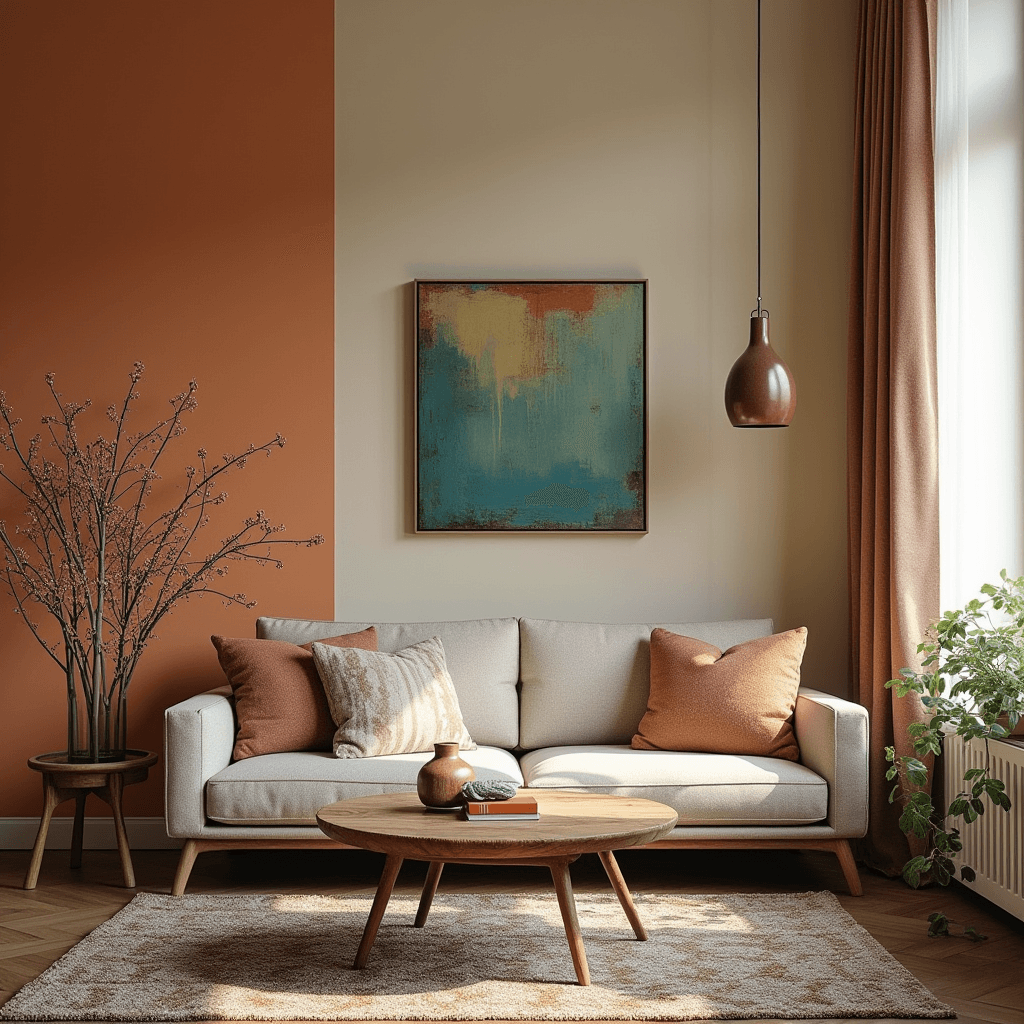
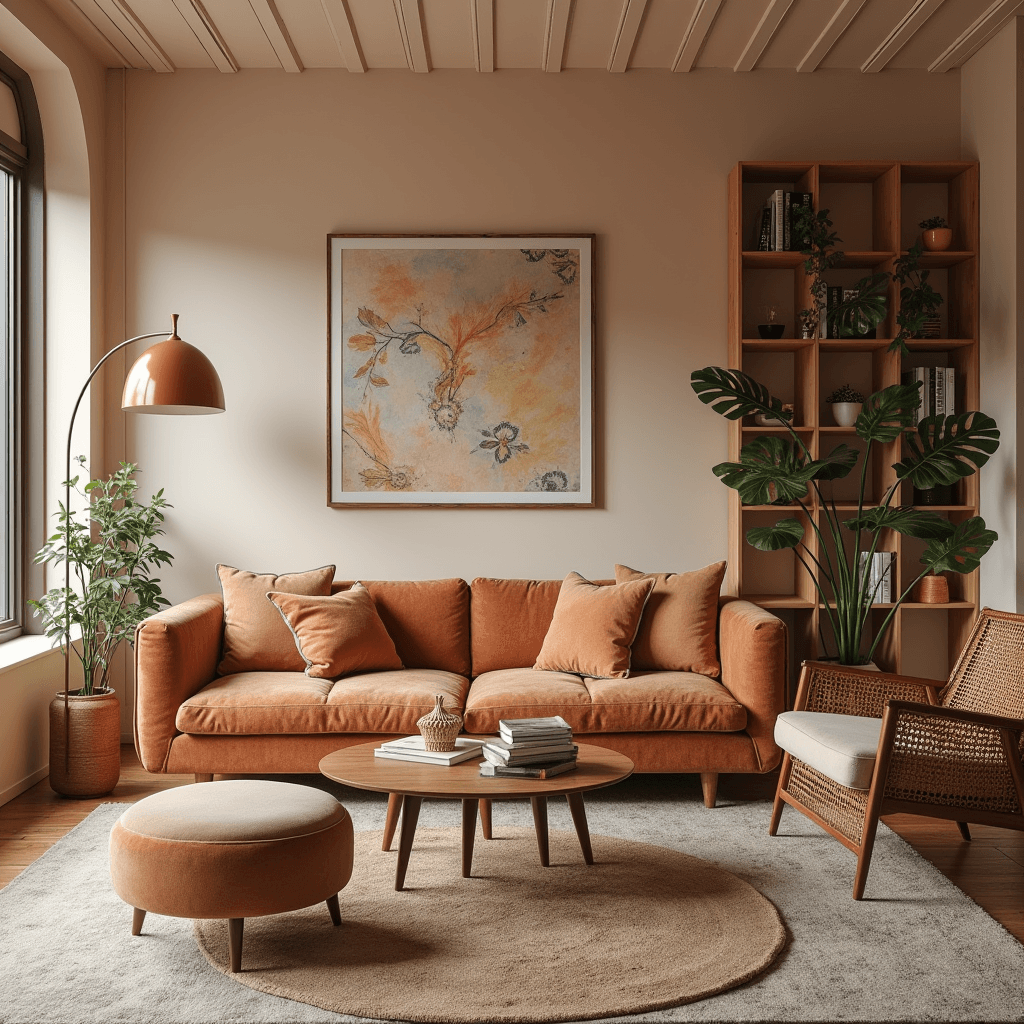
Why Color Psychology Matters in Home Decor
Colors have the power to evoke various emotions and affect our perception of a space. They can make a room feel cozy, energetic, calming, or even visually expand the space. By incorporating color psychology principles into our home decor, we can create an environment that aligns with our desired mood and enhances our overall well-being. Whether you’re looking to create a peaceful sanctuary in your bedroom or a vibrant and inviting living area, understanding color psychology can be your secret weapon in achieving the desired effects.
The Basics of Color Psychology
Before diving into the world of color psychology in home decor, it’s essential to understand the basics. Colors can be broadly categorized into warm and cool tones. Warm colors, such as red, orange, and yellow, are known to evoke feelings of energy, passion, and warmth. On the other hand, cool colors like blue, green, and purple, create a sense of calmness, relaxation, and serenity. Each color has its unique psychological associations and can impact our emotions differently.
For example, if you want to create a serene and tranquil atmosphere in your bedroom, opting for cool shades like soft blues or muted greens can help promote a sense of calmness and relaxation. On the contrary, if you’re looking to infuse energy and excitement into your living room, incorporating warm tones like vibrant reds or sunny yellows can create a lively and inviting space.
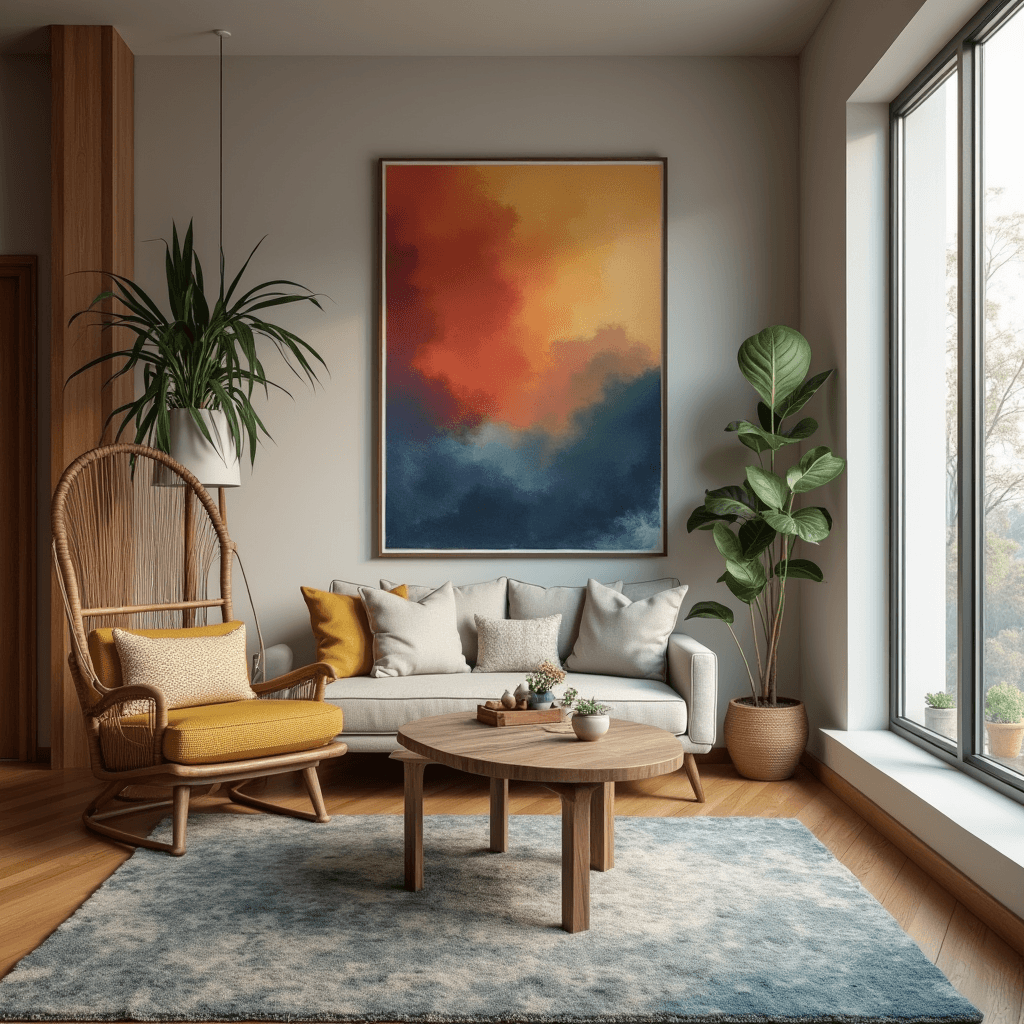
Choosing Colors for Different Rooms
Now that we have a basic understanding of color psychology, let’s explore how to choose the right colors for different rooms in your home. Keep in mind that the purpose and function of each room should guide your color selection process.
1. Living Room: The living room is often the heart of the home, where we entertain guests and spend quality time with loved ones. To create a warm and inviting atmosphere, consider using neutral shades like beige or light gray as a base and adding pops of color through accessories like throw pillows or artwork. If you want to make a bold statement, go for deeper hues like rich burgundy or navy blue.
2. Bedroom: The bedroom is a place of relaxation and rejuvenation. Opt for calming colors like soft blues, lavender, or muted greens to create a serene environment that promotes better sleep. Avoid using bright or stimulating shades, as they can interfere with your ability to unwind and rest.
3. Kitchen: The kitchen is often a bustling space where we prepare meals and gather with family. To create a vibrant and energizing atmosphere, consider using warm and inviting shades like sunny yellows or earthy oranges. These colors can stimulate appetite and create a welcoming ambiance.
4. Home Office: If you have a home office, it’s essential to choose colors that enhance productivity and focus. Opt for neutral tones like light gray or beige as a base and incorporate pops of color through accessories or accent walls. Green is known to promote concentration, while yellow can enhance creativity.
Using Color Psychology in Home Decor: Tips and Tricks
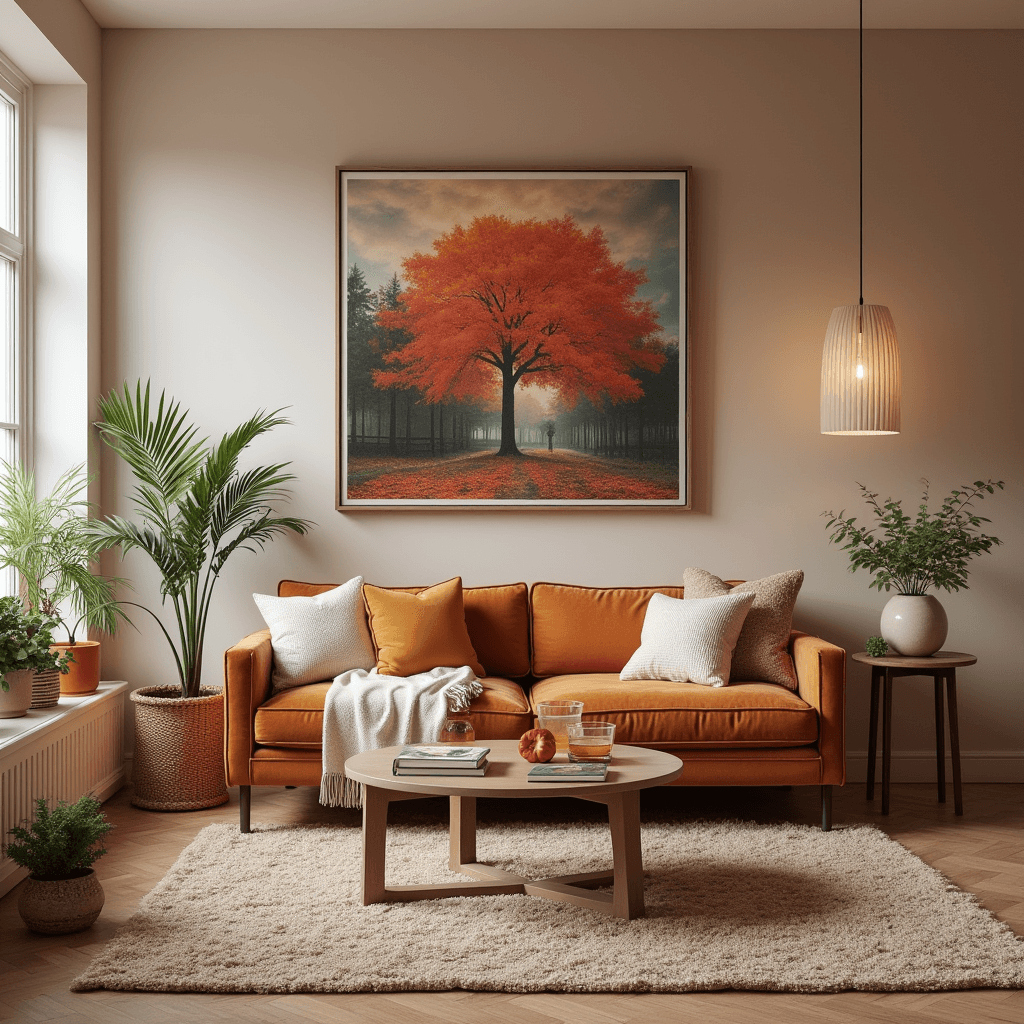
Now that you have a better understanding of color psychology and how to choose colors for different rooms, let’s explore some additional tips and tricks to make the most out of color in your home decor:
1. Balance is Key: When using colors in your home decor, it’s important to achieve a harmonious balance. Avoid overwhelming a space with too many vibrant or contrasting shades. Instead, opt for a combination of primary, secondary, and tertiary colors to create a visually appealing and well-balanced environment.
2. Consider Natural Light: Natural light can significantly impact how colors appear in a room. Take into account the amount of natural light your space receives throughout the day and how it interacts with different colors. Test paint swatches or fabric samples under various lighting conditions to ensure you achieve the desired effect.
3. Experiment with Texture: In addition to color, texture can play a significant role in home decor. Consider incorporating different textures like plush fabrics, rough wood, or smooth surfaces to add depth and visual interest to your space. The interplay of colors and textures can create a multi-dimensional and inviting environment.
4. Personalize with Accessories: Accessories are a great way to introduce color into your home decor without committing to permanent changes. Experiment with colorful throw pillows, rugs, curtains, or artwork to add pops of color and reflect your personal style. These accessories can be easily swapped out or updated as your tastes and preferences evolve.
Conclusion
Color psychology is a powerful tool that can transform your living spaces and create a harmonious environment. By understanding the impact of colors on our emotions and behavior, we can make informed decisions and choose the right shades that align with our desired mood and style. Experiment with different colors, consider the function of each room, and don’t be afraid to step out of your comfort zone. Let color psychology guide you in creating a home that not only looks beautiful but also feels inviting and reflects your unique personality.
FAQs
Q: Can I use multiple colors in one room?
A: Yes, using multiple colors in one room can add visual interest and depth. Just make sure to maintain a harmonious balance and consider the color psychology of each shade.
Q: How can I make a small room appear larger?
A: To make a small room appear larger, opt for light and neutral shades like whites, creams, or pastels. These colors reflect light and create an illusion of space.
Q: Are there any colors I should avoid in home decor?
A: While color preferences are subjective, it’s generally recommended to avoid using overly bright or stimulating colors in areas meant for relaxation, such as bedrooms or meditation spaces.
